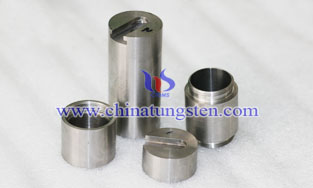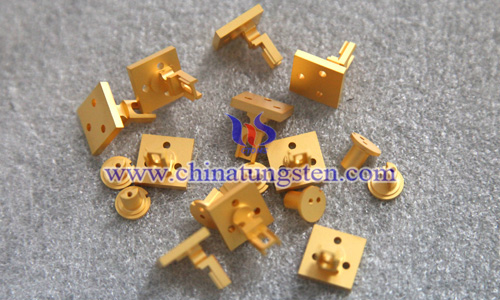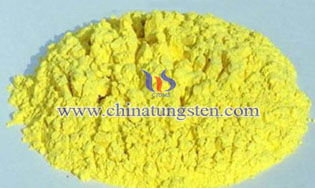In the Face of Trade War, China will Shift Position
- Details
- Category: Tungsten's News
- Published on Tuesday, 16 April 2019 21:55
- Hits: 573
On March 28, the Central People's Broadcasting Station announced that the State Council's executive meeting had decided that the VAT tax rate for manufacturing industry and other industries would be reduced from 17% to 16% on May 1. Transportation, basic telecommunications and other VAT rates will be reduced from 11% to 10%. The annual sales Standard of taxpayers will be raised from 50 and 800,000 to 5 million yuan. In addition, preferential tax deductions will be given to advanced manufacturing, R&D and other high-tech industries. It is understood that the tax reduction is only a small test, with the deepening of the policy, there will be more favorable policies.

When Trump launched a trade war with China, China quickly launched a large-scale tax reduction, which has far-reaching strategic significance. Because in order to curb China's economic rise, the United States is bound to engage its Western allies and Japan in economic blows against China. China's economic growth will be affected by the US trade war.
A good knife is on the cutting edge. At this time, China started a large-scale tax reduction. It is obvious that it wants to start domestic demand on a large scale by reducing tax burden. Once domestic demand starts, China's economy will accelerate, and it will completely offset the impact of the trade war, which will give a strong pull to the economy.
According to the analysis of financial experts, China's economic development in the early stage, more importantly, foreign trade-driven, because China has a large population, which is the inevitable way. The wealth of the Chinese people has accumulated to a certain stage. When the internationalization of the RMB has begun to achieve initial success, it is necessary to gradually reduce the dependence of foreign trade on economic pull. Therefore, starting domestic demand has become the core means of countering Trump's trade war. With strong domestic demand, Trump has no way to use trade war as a chip to obtain various benefits.
From the list of sanctions imposed by the United States on China's trade war, the Americans are targeting China's advanced manufacturing industry with only two objectives: intellectual property rights and technology. Whether it is to restrict China's export of high-tech products or to restrict China's merger and acquisition of American high-tech enterprises, there is only one purpose: to block China's high-tech industry. This time, China's tax reduction is to support China's advanced manufacturing industry, as well as small and micro enterprises, the protection is very obvious, and according to media analysis, there is the possibility of tax reduction again.
Our tungsten products industry will also shift its position. As China's economy enters a new normal, traditional and excess production capacity spills over rapidly, and its flow is shifted to developing or sub-developing countries and regions due to human resources, environmental protection costs and production technology capabilities. Tungsten products will also begin to develop in high-end production of "wisdom". Robots, 3D printing, supercapacitors, energy-saving building glass, environmental photocatalysis, large-scale integrated circuits, advanced military weapons, aeroplanes, space rockets and so on, tungsten production will upgrade to fine processing and meet individual needs. China's tungsten industry may experience a decrease in raw materials and primary products, an increase in imports of raw materials and semi-finished products, a shift in the production of final consumer tungsten products from chemical products to super tungsten materials, with high-end cemented carbides and tungsten-based alloy finishing products dominating. (China Tungsten Online: Weiping)
- Tungsten Manufacturer & Supplier, Chinatungsten Online: www.chinatungsten.com
- Tungsten News & Prices of China Tungsten Industry Association: www.ctia.com.cn
- Molybdenum News & Price: news.molybdenum.com.cn
- Tel.: 86 592 5129696; Fax: 86 592 5129797; Email: sales@chinatungsten.com








 sales@chinatungsten.com
sales@chinatungsten.com